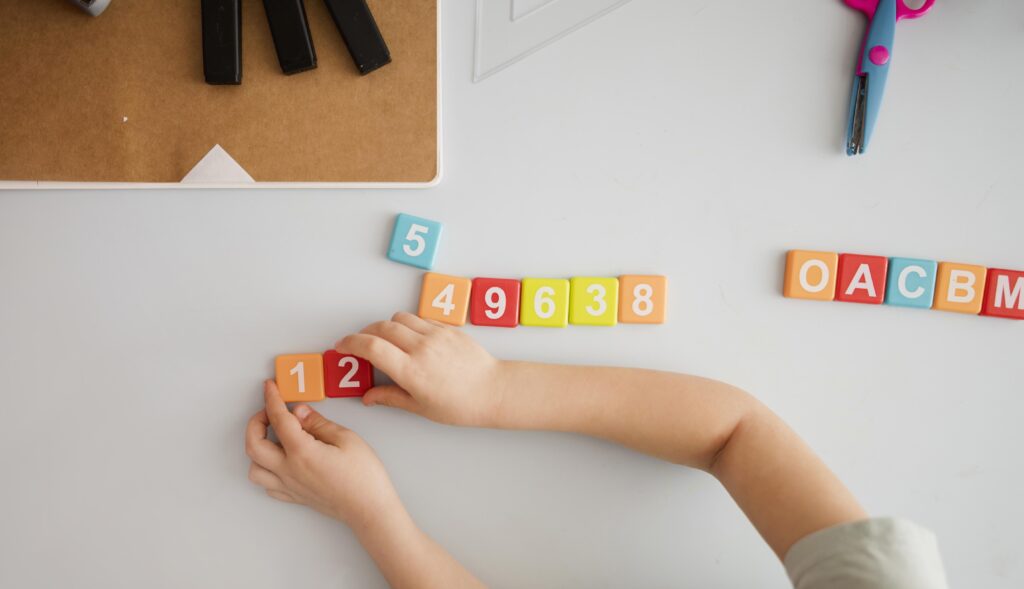“Perfect for reading aloud, this counting book not only contains bright bold illustrations but also has lots of . . . sound effects that children will love to replicate.” – BooklistDown by the marsh, by the sleepy, slimy marsh, one duck gets stuck in the muck . . .Can two fish, tails going swish, help? What about three moose, munching on spruce? Bright, spirited illustrations by Jane Chapman enhance this one-of-a-kind counting tale by Phyllis Root – a feast of sounds and numbers that will have listeners scrambling to join in the slippy, sloppy fun.

One Duck Stuck
(9780763615666)
Written by Phyllis Root
Illustrated by Jane Chapman
Published by CWP
Theme/topic: Counting, Repetition, and Rhyme
This picture book invites children to count along as various animals come to help a duck who’s stuck in the muck. The repetitive, rhyming text supports early literacy development by exposing children to rhymes and predictable sentence patterns (AC9EFLE04 – Foundation Year, English).
At the same time, the book reinforces key mathematical concepts by encouraging children to recognise numerals, match quantities, and practise sequencing numbers up to ten (AC9MFN01 – Foundation Year, Mathematics). With its engaging rhythm, vibrant illustrations, and opportunities for counting and number sequence, One Duck Stuck is an excellent resource for developing both early language and numeracy skills in an enjoyable and memorable way.
Curriculum Alignment:
- These AC codes are suggested purely based on the book’s content and are provided for reference only.
AC9EFLE04 9.0 (English Language and Literacy Foundation): Explore and replicate the rhythms and sound patterns of literary texts such as poems, rhymes and songs
• using music and actions to enhance appreciation of rhymes, poems, chants and songs
• reciting rhymes with actions
• exploring rhythms used in poems by First Nations Australians
AC9MFN01 9.0 (Mathematics Foundation): Name, represent and order numbers including zero to at least 20, using physical and virtual materials and numerals
• responding to a request to collect a quantity of objects or reading a numeral and selecting the associated quantity of items from a collection to match the number required; for example, collecting 9 paint brushes after hearing the word ‘nine’
• recognising the order in the sequence of numbers to (20) and identifying the number that is “one less” than a given number and the number that is “one more”; for example, playing instructive card games that involve reading and ordering number cards; using counting songs, story books and rhymes to establish the forwards and backwards counting sequence of numbers in the context of active counting activities
• understanding and using terms such as “first”, “second”, “third”, … “fifth”… to indicate ordinal position in a sequence; for example, creating a number track using cards with the numerals zero to (20) and describing positions using terms such as first, last, before, after, between
• recognising, writing and reading numerals written on familiar objects; for example, in images, text or illustrations in story books; writing a numeral on a container as a label to show how many objects it contains
• connecting quantities to number names and numerals when reading and reciting stories and playing counting games or determining and reasoning about the size of sets of objects within First Nation Australians’ instructive games; for example, Segur etug from Mer Island in the Torres Strait region
Resources
Single Activities
Articles
-

Delightful Books and Activities for Children: Building Counting Skills Through Storytelling
Explore charming picture books and playful activities that teach early math concepts like counting and number sense. Perfect for engaging young learners through storytelling and hands-on exploration.




Leave a Reply